On Wednesday (March 27th) morning, the capital of Bangladesh found itself ranked second on the global list of cities with the worst air quality, signaling serious health risks for its residents. With an Air Quality Index (AQI) score of 213, Dhaka's air was classified as 'very unhealthy', joining the ranks of cities grappling with alarming pollution levels.
The situation in Dhaka mirrors a broader concern, with Lahore in Pakistan and Delhi in India claiming the first and third spots respectively on the list. Lahore registered an AQI score of 266, while Delhi recorded a score of 189. Such levels of air pollution pose significant health risks, prompting concerns for public health and well-being.
The AQI serves as a critical indicator, informing individuals about the cleanliness or pollution levels in the air and the associated health effects. In Dhaka's case, the AQI is based on various pollutants, including particulate matter (PM10 and PM2.5), NO2, CO, SO2, and ozone, reflecting the multifaceted nature of air pollution in the city.
Dhaka's struggle with air pollution is not new, with the issue intensifying during winter months and showing some improvement during the monsoon season. However, the persistent challenges underscore the need for sustained efforts to address the root causes of air pollution and mitigate its impact on public health.
According to the World Health Organization (WHO), air pollution remains a significant global health threat, contributing to an estimated seven million deaths annually. The adverse health effects range from respiratory illnesses to cardiovascular diseases, highlighting the urgent need for comprehensive measures to combat air pollution and safeguard public health.



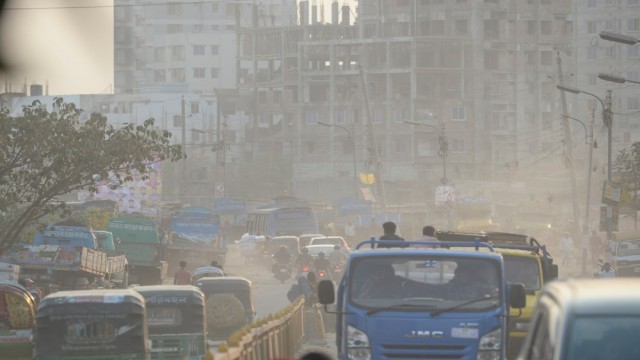
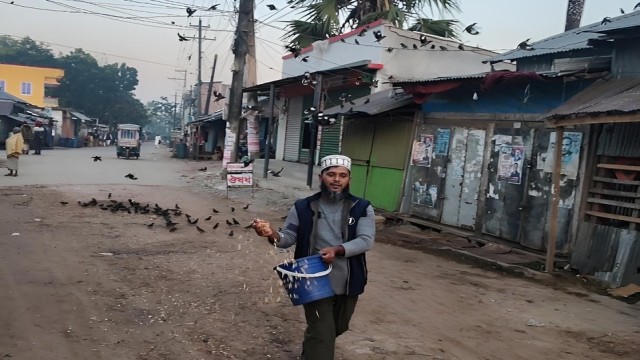
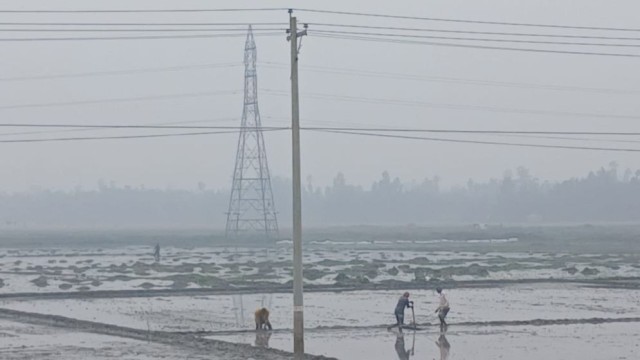
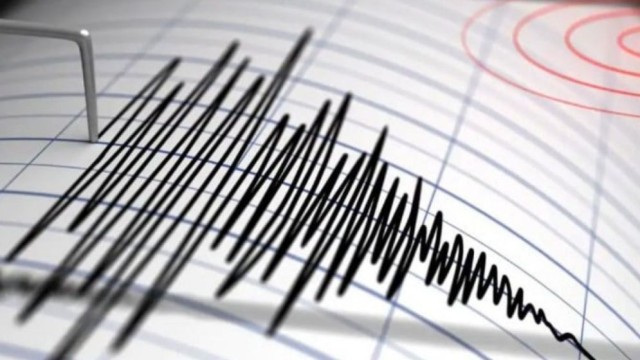
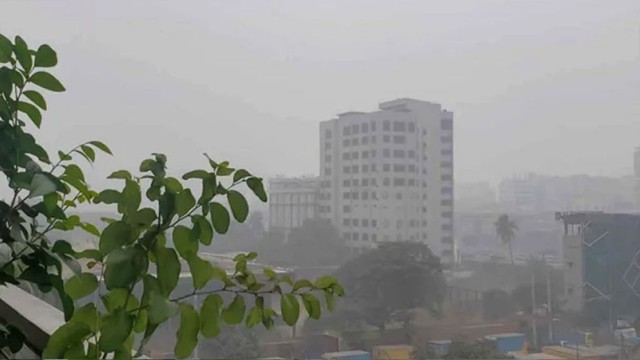
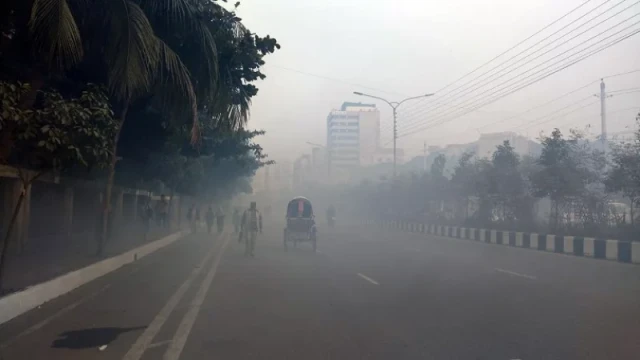
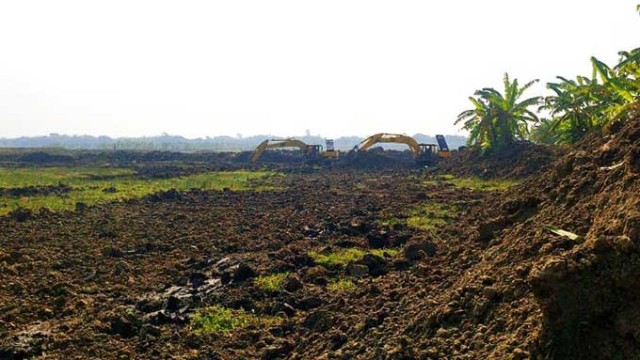


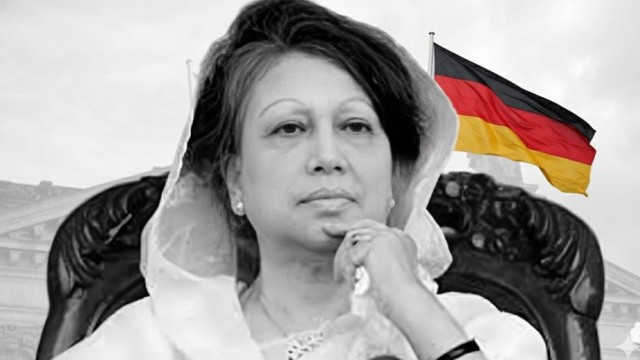
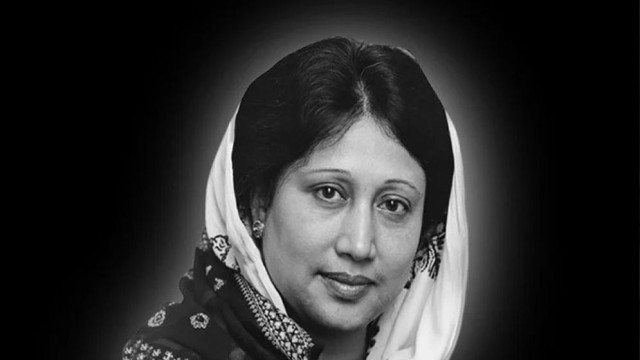

















Comment: